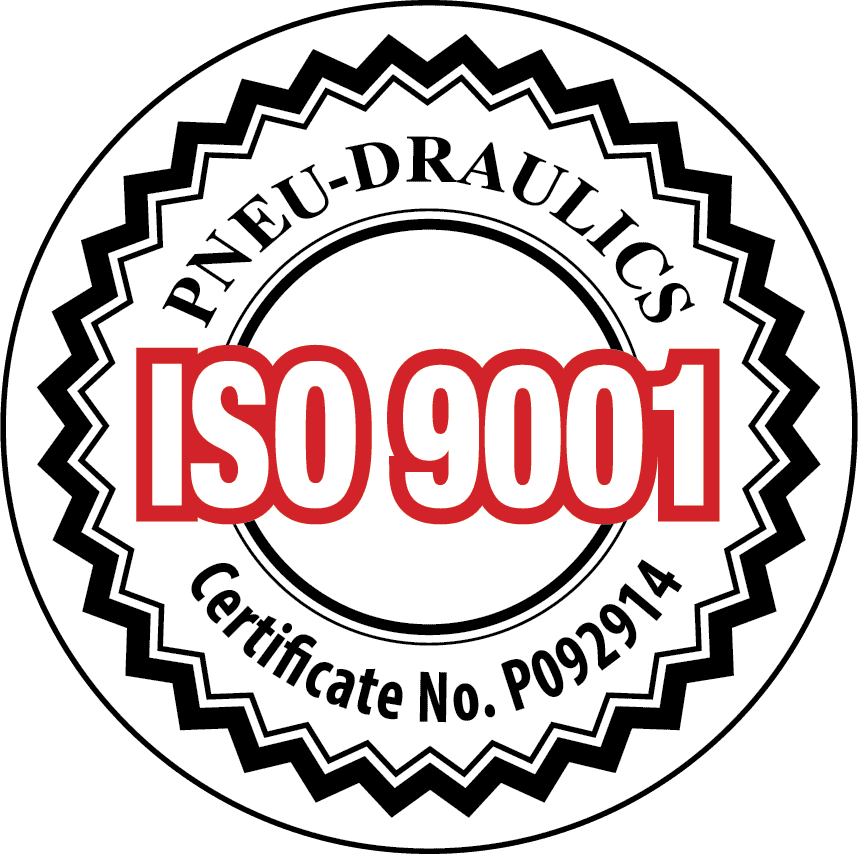Seals play a critical role in various industries, ensuring that fluids, gases, and other substances remain contained within systems and equipment. When they perform correctly, they prevent contamination and protect critical components. However, seal failures can lead to costly downtime, create serious safety hazards, and cause environmental concerns.
Understanding the root cause of a failure is the first step toward implementing an effective and lasting solution. This troubleshooting guide explores the most common types of seal failures to help you identify and resolve these issues.
Common Seal Failures
The following are some of the most frequent causes of seal failure in industrial applications.
Improper Installation
Improper installation is one of the most common sources of seal failure. Using the correct tools and procedures is critical to prevent seals from being damaged or installed in the wrong direction, both of which can lead to leakage. While careful training can mitigate many installation errors, another option is to redesign the housing. This is sometimes referred to as poka-yoke, a Japanese term for a mechanism that helps operators avoid mistakes.
Wear
While seals can wear over time, premature wear is often caused by contamination. Contaminants may originate from outside the system or be generated internally by moving parts like gears and pumps. Specialized seals can be used to exclude these contaminants, but if seals are breaking down faster than expected, you may also consider changing your hydraulic fluids. Additionally, higher-quality bearings will be less prone to deformation under load, which reduces the metal-to-metal contact that generates harmful particles.
Extrusion
In high-pressure applications, parts of a seal can break off and flow into the small gaps between hardware components. You can mitigate the risk of extrusion by incorporating backup rings, which provide additional support, or by switching from a standard elastomer seal to a more durable thermoplastic one. Redesigning the mechanism to minimize the clearance gaps between moving parts is another effective long-term solution.
Compression Set
Leakage that occurs at low pressure is often a sign that a seal has lost its elasticity, a phenomenon referred to as compression set. Rubber and polymer seals are particularly susceptible to this issue, as their performance depends on their ability to rebound and maintain pressure. Implementing a more frequent preventive maintenance schedule for seal replacement or switching to a material that is less susceptible to compression set over time can resolve this issue.
Pressure Trapping
If two seals are positioned next to each other, they should not seal in the same direction. When this occurs, fluid can become trapped between the seals, with fluid pressure building until it bursts through the weaker seal and causes a failure. To prevent this issue, we recommend utilizing a back-pumping design. A back-pumping design will allow the trapped fluid to be pumped back into the pressurized side of the system and relieve the pressure buildup.
Spiral Failure
This issue is more common with O-rings used in systems with long, fast strokes. This motion can cause an O-ring to twist within its groove and develop a series of spiral cuts across its surface. Consider switching to a different seal geometry, such as a square ring or X-ring, or using a more robust polymeric material that resists twisting to fix spiral failure.
Chemical Incompatibility
As companies switch to new hydraulic fluids to improve fire resistance or environmental safety, failures due to chemical incompatibility have become more common. Existing seal compounds may not be compatible with newer biodegradable or fire-resistant fluids, especially at certain temperatures. It is often necessary to change seal materials when changing fluids to ensure the seal life is not compromised.
Contact the Experts at Pneu-Draulics
For over 40 years, Pneu-Draulics, Inc. has been a trusted global supplier for the OEM and MRO markets, specializing in high-performance sealing solutions. Our ongoing commitment to quality is confirmed by our ISO 9001:2015 and other certifications (such as CAGE 8V217 and NAICS 339991, 541330, and 326291). We provide expert design consultation and a vast inventory of reliable seal equipment, including O-rings, U-cups, rod seals, and lubricants to meet your needs.
To learn more about how we can help you resolve your seal failures, contact us or request a quote.

